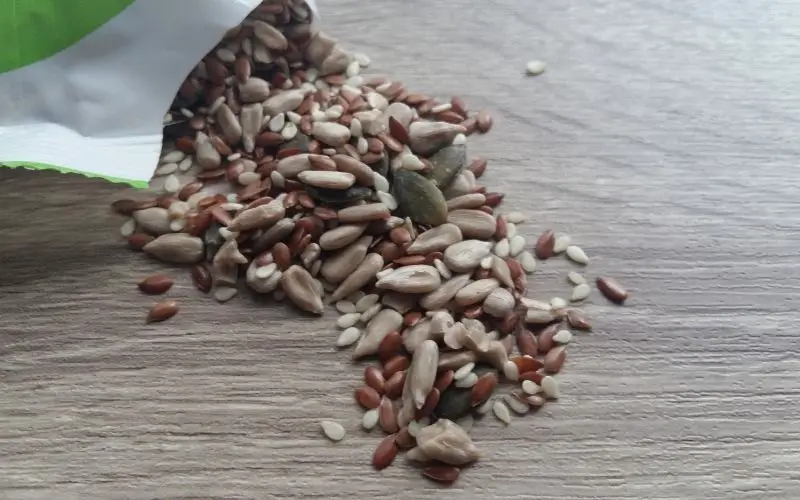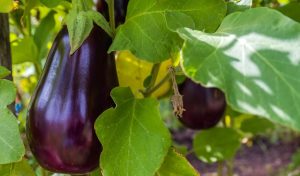If you’ve ever been to an Asian grocery store, you may have seen bins of black and white sesame seeds.
These small, nutrient-rich seeds are a popular addition to many dishes, but did you know that you can actually grow them yourself?
It’s easy to grow sesame seeds from the store and in just a few months, you’ll be able to harvest your own homegrown crop just like the ones at the store. With the right growing conditions you can easily grow a good quality crop of sesame.
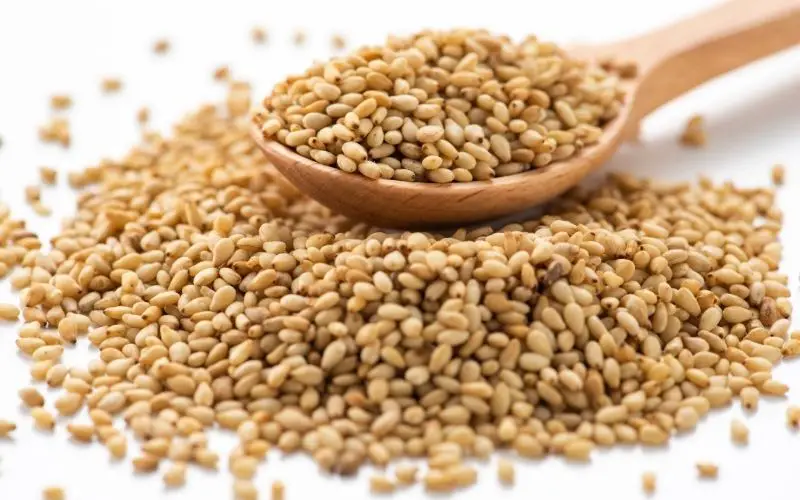
What type of sesame seeds should I choose at the store?
When you’re shopping for sesame seeds at the store, make sure to get a variety that is labeled “unhulled.”
Hulled sesame seeds have had the outer shell removed and they will not be able to germinate.
You can find unhulled sesame seeds in the bulk section of most Asian grocery stores.
[amazon box=”B01F8AAVU0″ template=”horizontal”]
It is also important to select seeds that have not been treated in any way with preservatives, heat or any other form of treatment.
If possible select organic seeds as these will be fresh and the ones that are most likely to germinate.
How do I grow sesame seeds from the store?
Once you have all of your materials, it’s time to get started.
Here’s a step-by-step guide to growing sesame seeds from the store:
1. Soak your seeds in water overnight. This will help them to germinate more quickly.
2. Fill a planting tray or pot with well-draining soil. You can find seed-starting mix at your local garden center.
3. Sow your seeds in the soil, spacing them about 2 inches apart.
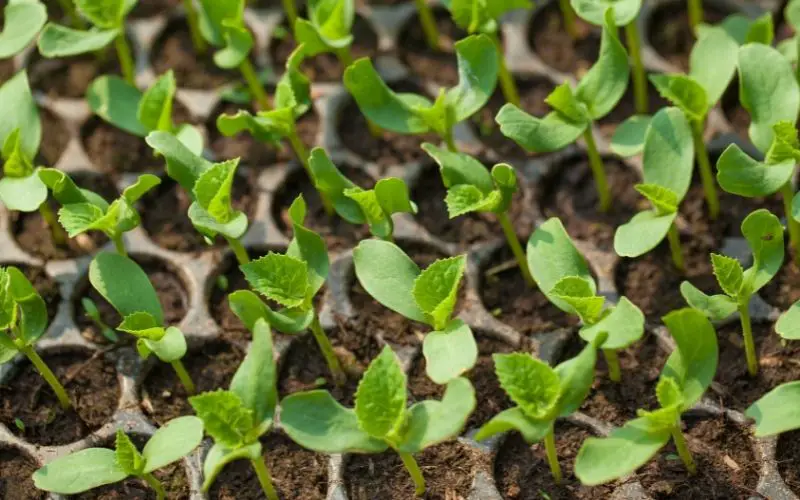
4. Water your seeds well and place them in a warm, sunny spot.
5. Keep the soil moist but not wet and in about two weeks, your seeds should germinate.
6. Once your seedlings are a few inches tall, you can transplant them into individual pots or in the garden.
7. Water your plants regularly and fertilize them monthly.
8. In about 4 months, your plants will be ready to harvest.
How do I care for my sesame plants?
Once your plants are a few inches tall, you can transplant them into individual pots or in the garden.
Water your plants regularly and fertilize them monthly using a balanced fertilizer.
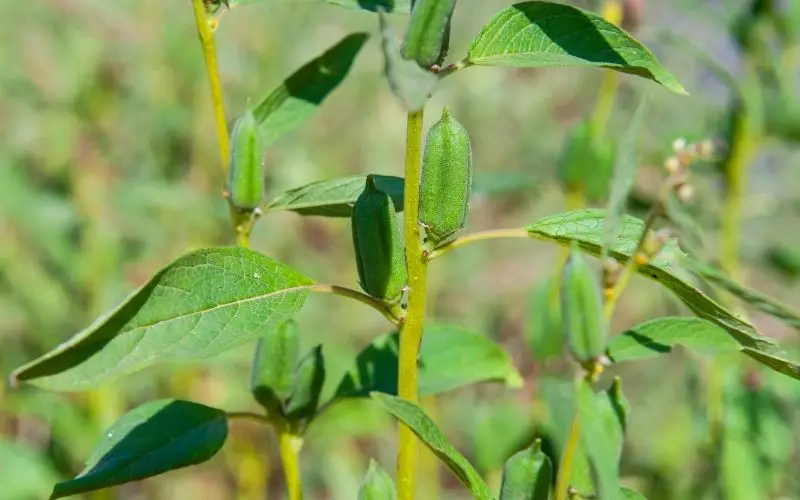
You can also add some compost to the soil to give your plants an extra boost of nutrients.
Can I grow sesame plants outdoors?
Yes, sesame plants can be grown outdoors, but they need a warm climate to thrive.
If you live in an area with a cool climate, you can grow your plants indoors in a greenhouse or in a sheltered position that receives lots of direct sun.
What does a sesame seed grow into?
If you’ve ever seen sesame seeds up close, you know that they are tiny black or white seeds.
But have you ever wondered what they actually grow into?
Sesame seeds are the fruit of a plant in the genus Sesamum.
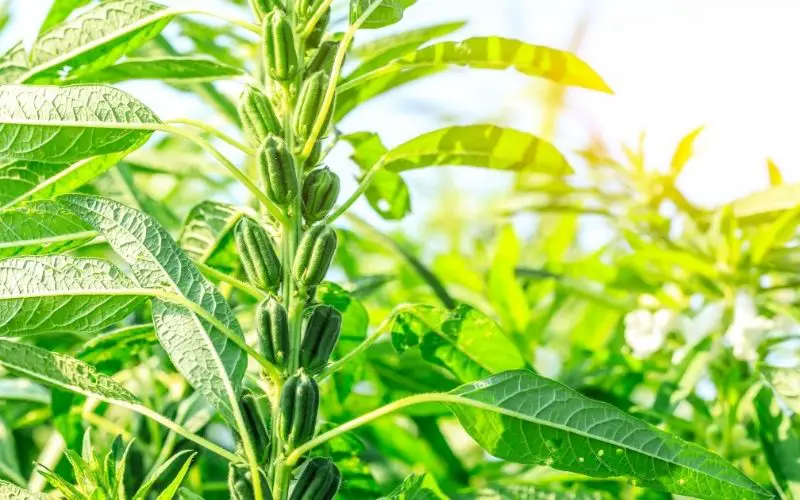
These plants are native to Africa and Asia and they produce small, pod-like fruits.
Each of these fruits contains dozens of seeds that we know as sesame seeds.
The plant itself is an annual herb that grows to about 2-3 feet tall.
It has small, white or purple flowers and its leaves are arranged in pairs along the stem.
How tall do sesame plants grow?
Sesame plants typically grow to be about 2-3 feet tall.
However, some varieties can grow up to 6 feet tall.
The plant’s height will depend on the variety that you are growing as well as the growing conditions.
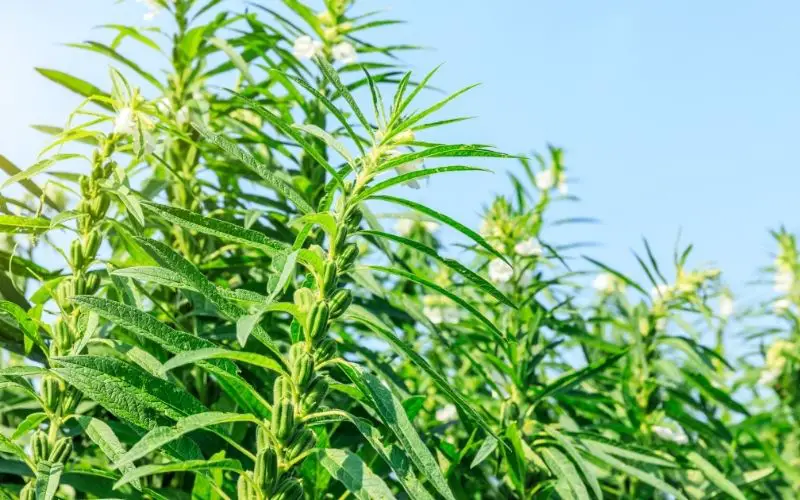
How long does it take for sesame to mature?
Sesame is a fast-growing crop and it typically matures in about 4 months.
However, some varieties can take up to 6 months to mature.
When can I harvest my sesame crop?
You can begin harvesting your sesame crop when the plants flower.
The flowers will turn into small, green pods that contain the seeds.
These pods will mature and turn brown as they dry out.
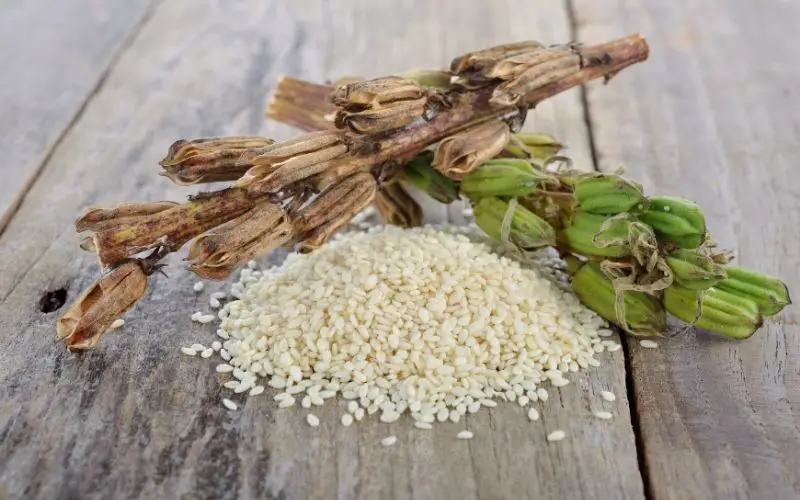
Once the pods are brown, you can harvest them by breaking them open and collecting the seeds.
How many sesame seeds can you get from one plant?
A single sesame plant will produce many seed pods with each pod containing anywhere from 50 to 100 seeds.
If you grow several plants in the garden you can easily harvest several thousand seeds from just a small area.
Are there different types of sesame seeds?
Yes, there are actually many different types of sesame seeds.
The two most common varieties are black and white sesame seeds.
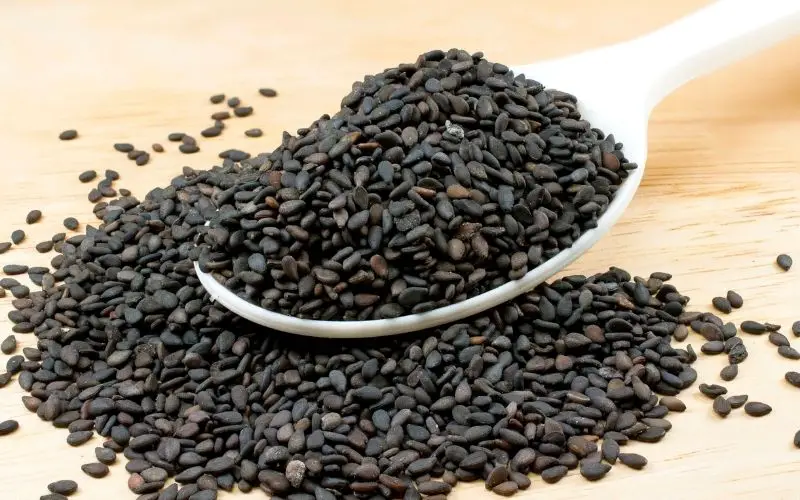
However, you can also find red, brown and even yellow sesame seeds.
These different varieties will have subtle flavor differences that you can explore.
How do I store my sesame seeds?
Once you have harvested your sesame crop, it is important to store the seeds properly to prevent them from going bad.
The best way to store sesame seeds is in an airtight container in a cool, dry place.
You can also keep them in the fridge or freezer if you want them to last even longer.
With proper storage, your sesame seeds can last for several months.
Final Words
Sesame is a delicious and nutritious addition to any garden.
Not only are they easy to grow, but they also produce a large crop of seeds that can be used in many different ways.
Whether you want to use them in cooking or baking, or just enjoy their nutty flavor as a snack, sesame seeds are a great crop to grow in your garden.

